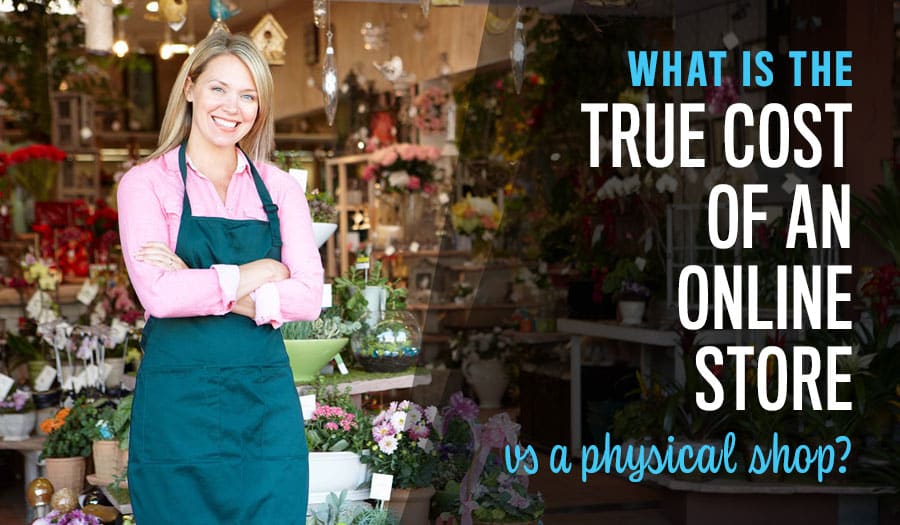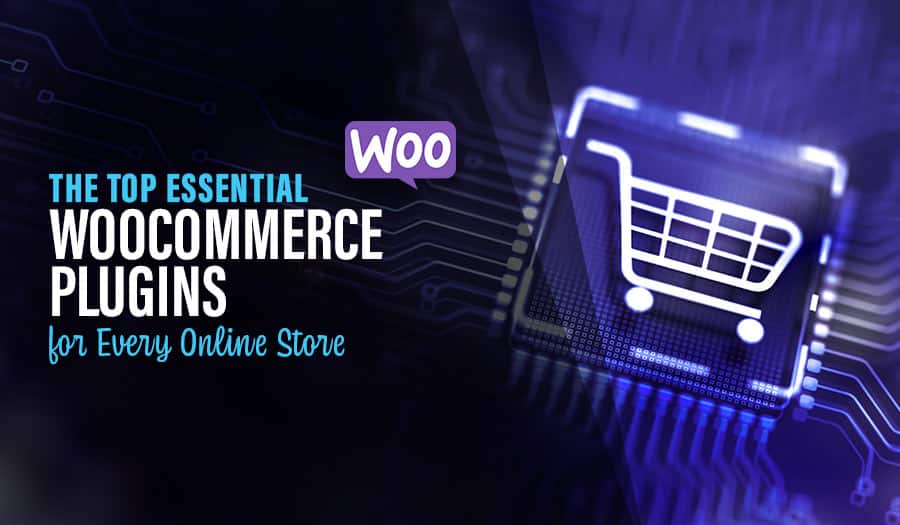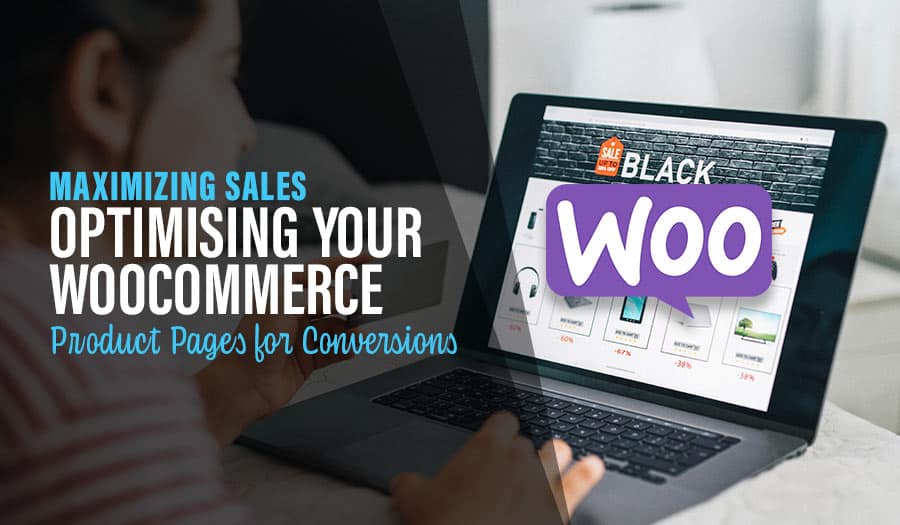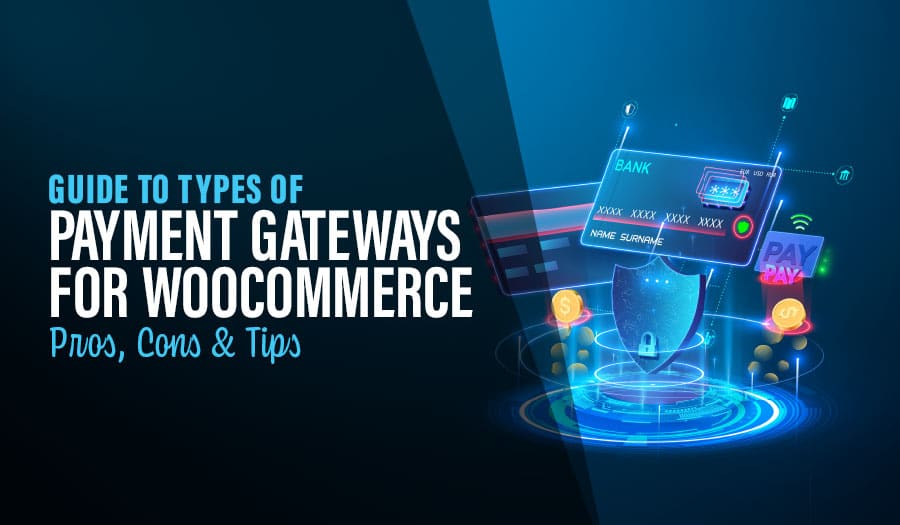Too often, I see people jumping into their online store dream without treating it with the proper preparation and respect it deserves. So What’s the true cost of an online store vs a physical shop?
Trying to get something done on the cheap, yet expecting quick, significant results. You need to ask, would you be doing this if you were embarking on running a physical shop? The success of an online business really depends on the suitable investment of time, money and resources into setting up the most effective e-commerce shop for your business.
When starting up an online business, it can sometimes be easy to forget that the hard-earned money you are investing into your new E-Commerce store needs to be compared to that of a physical street-front shop. So what really is the true cost of an online store versus a physical shop? Let’s try to work that out.
As there are so many variables, in my research, I have tried to compare running a small and effective online shop with that of a comparable local small-sized shop.
For the sake of this exercise, let’s assume both businesses are selling fishing rods to people in Sydney. And let’s further assume both businesses sell about 500 different products and make a 50% profit margin.
What’s the actual cost of an online store vs a physical shop?
Sound fair?
Ok let’s set the scene…
Business A: Street Front Fishing Rod Shop
Business A employs 2.5 Full-time staff to man the shop and rents a $4,000/mth 100 square metre shop on the main road in Sydney.
As it is on the main road, Business A gets plenty of street visibility and loads of walk-in customers. Its main customers are limited to the local area as they rarely get customers from abroad.
Let’s also say Business A has an annual revenue target of $550,000.
Business B: Online Fishing Rod Shop
Business B, being an online business, only needs to employ 1.5 Full-Time Staff and runs its business from home.
Having no physical store, Business B also rents out a double car size storage for $400/mth for their products.
Being an online business, Business B needs to put quite a lot of energy into promoting its products online through paid digital marketing. Also, being an online business, they sell to customers all around Australia.
Let’s say Business A has a smaller annual revenue target of $350,000.
General Costs
Of course, businesses must pay a whole range of general costs regardless of whether they have an online presence or a street-front shop.
Some of these costs include:
-
Purchase of Inventory
-
Insurance, Licences, Registration etc
-
Bank Fees, Workers’ Compensation etc.
-
Logo and other Graphic Design
Set Up Costs
So what are the costs to set up each business?
Let’s compare the initial investment both businesses need to make to get up and running.
* Please note, these exclude the above general costs, and for the sake of this exercise, I am assuming that Business A is taking over existing premises, hence doesn’t need to build a brand new shop.
Business A: Street Front Shop
Shop Fit out: $50,000 (Typically $30,000 to $150,000)
Shop Signage: $3,000 (Typically $2,000 to $10,000)
Other: $2,000
Total: $55,000
Business B: Online Shop
Website: $12,000 (Typically $5,000 to $25,000)
Photography: $2,000
Other: $1,000
Total: $15,000
Monthly Ongoing Costs
Business A: Street Front Shop
Rent: $4,000 (Typically $3,000 to $6,000)
Electricity and Rates: $400 (Typically $300 to $800)
Other: $500
Staff (2.5): $12,500 (Based on $60k/yr per FTS)
Total: $17,400/mth
Monthly ongoings:
Website Hosting and support: $150 (Typically $100 to $300)
Digital Marketing & Promotion: $3000 (Typically $500 to $5,000)
Stock storage rent: $400 (Typically $300 to $500/mth)
Other: $500
Staff (1.5): $7,500 (Based on $60k/yr per FTS)
Total: $11,550/mth
Summary
Here is a summary of how the costs affect each business.
Set Up Cost
As you can see, the cost for setting up the physical store for Business A is about $55,000 compared to only $15,000 for setting up an online store for Business B.
That equates to a saving of $40,000, which could easily be put towards promoting Business B online!
Ongoing costs:
As you can see, Business A has $17,400 in expenses to cover monthly. At a profit margin of 50%, Business A would need to sell over $36,000 in sales every month to break even. This means business A needs to do $550,000 in annual revenue to run a stable business.
In contrast, Business B has $11,550 in monthly expenses, therefore would need to sell only $23,000/mth in sales to break even. This means Business B would need to aim for $350,000 in annual revenue to run a stable business. As you can see, it is nearly $6,000 cheaper per month to run an online store business. And the annual turnover is a whopping $200,000 less to be a stable business.
Overall:
As you can see, it is quite essential to make sure you compare the costs for your online store with those of a physical store. Clearly, it can be far cheaper to run your online business than if it were a street-front shop. But you must remember you will need to put extra effort into your website and ongoing online promotion to succeed!
Take your online store business to the next level with a Pixel Fish Ecommerce Website.
Check out some of our latest Ecommerce Website Design projects.
Further Reading:
8 proven successful online store product types
How to find the perfect Niche for your eCommerce Product
Top 5 places to find eCommerce product ideas
Read More
Top 7 Tips for On Page SEO Optimisation
3 Reasons Mobile Responsive Design is Crucial for Your Online Success
Digital Marketing Trends to Watch
Small Business SEO: Why Your Business Needs Google Analytics
Top 10 Things To Consider When Choosing An Ecommerce Web Designer



